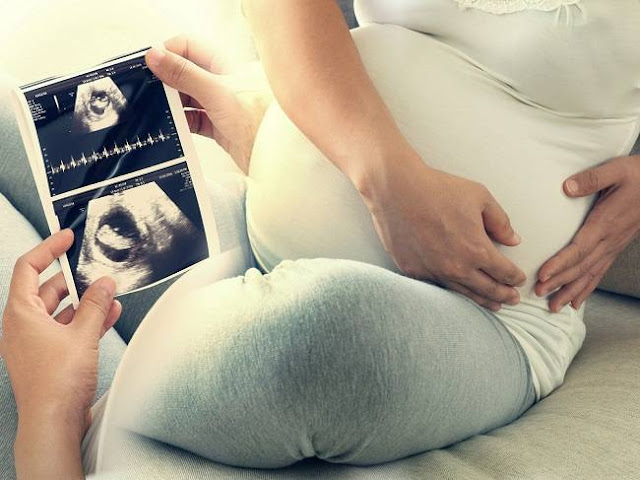Fear might be pregnant before the birth process. However, pregnant women do not need to worry because actually the process of giving birth normally is not as scary as imagined, really. Let's know and understand the process of giving birth normally so that pregnant women are ready to go through each stage.
Normal childbirth or childbirth usually occurs when the gestational age has entered 37-42 weeks. However, this condition is difficult to predict, so no one knows for sure when labor will occur.
Approaching the estimated day of birth, the body of pregnant women will prepare themselves to face the normal childbirth process. This begins with hormonal changes marked by a decrease in the hormone progesterone, while levels of other hormones such as oxytocin, estrogen, and prostaglandins increase.
These hormones function to trigger contractions in the uterus and make the cervix softer and thinner so that the fetus can easily pass.
Normal Childbirth Process
Normal childbirth experienced by every woman is not the same. There is a long process, some are short, some begin with strong contractions, some even begin with premature rupture of membranes. But certainly, every woman who will give birth will go through three stages of labor and each stage has a different sensation. The following are the stages in the process of giving birth normally:Stage 1: strong and regular contractions
In the early stages of labor, pregnant women will experience mild to strong contractions that appear regularly. This stage is divided into three phases, namely:Initial phase
The initial phase is often called the latent phase. In this phase, contractions have begun. However, the intensity of the contractions that occur is still not too strong and has not appeared routinely.
In addition to contractions, pregnant women may experience muscle cramps around the pelvis and uterus, back pain, leakage of amniotic fluid, and mucous discharge with spots of blood from the vagina due to the cervix opening.
In this phase, try to do activities that can relax, such as taking a warm bath, breathing regularly, listening to music, getting a massage, or walking.
Active phase
The contractions that appear will be stronger, regular, and more often felt at this phase. Back pain that is felt is also getting more intense. In addition, you may begin to feel nauseous to vomiting. If the amniotic water is still intact in the initial phase, it will most likely break in this phase.
Transition phase
In this phase, the contractions have begun to feel very strong and sharp. This is marked by the baby's head that has begun to move down from the uterus into the birth canal. The desire to push has also begun.

Komentar
Posting Komentar